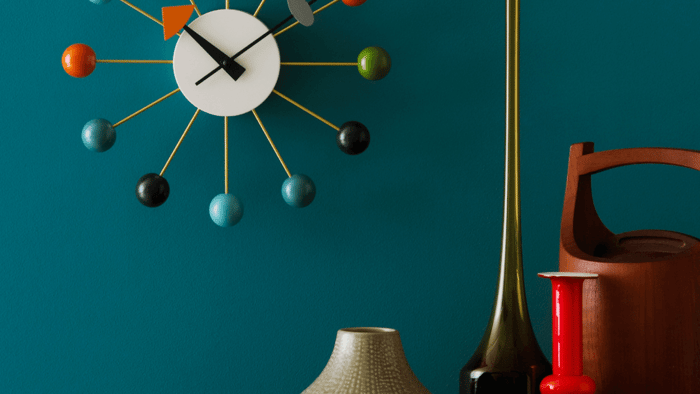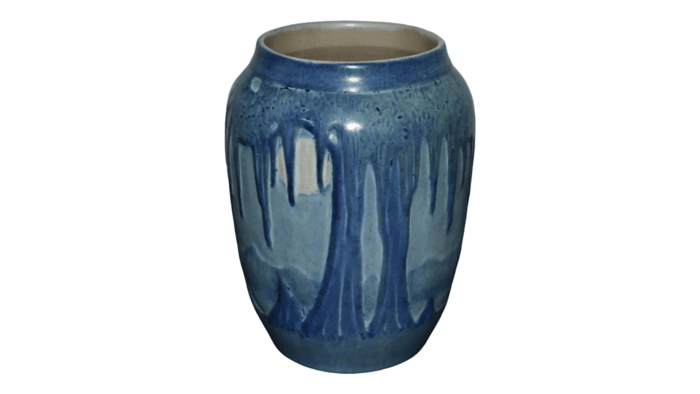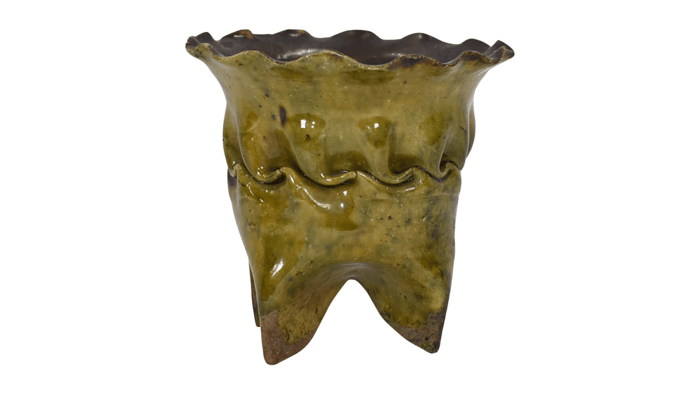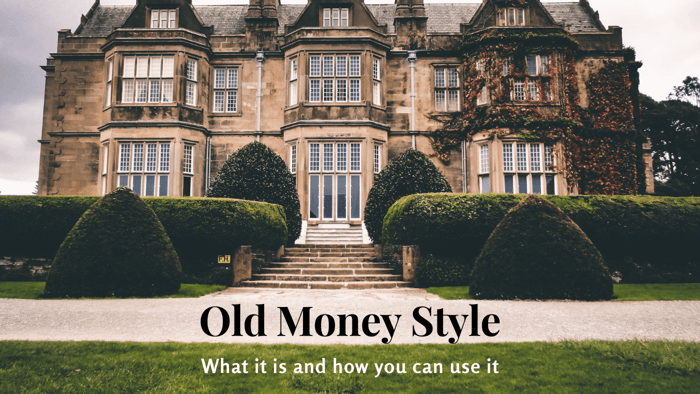Art Pottery for Your Mid-Century Modern Style Home
Mid-Century Modern is an iconic American style that emerged after World War II when North America was experiencing a newly booming economy. It was largely a reflection of the international Bauhaus movement (1919-1933) that was founded by Architect Walter Gropius. His idea was that all the arts would eventually merge.
In the 1930s, Bauhaus developed into what is known as early 20th-century modernism and then into what we now refer to as Mid-Century Modern Style. It’s a look that still persists in an even more modern form today.
If you have a home that is designed and/or decorated in the style, you can add a few carefully chosen vintage items of art pottery to add personal character and charm to the interior.
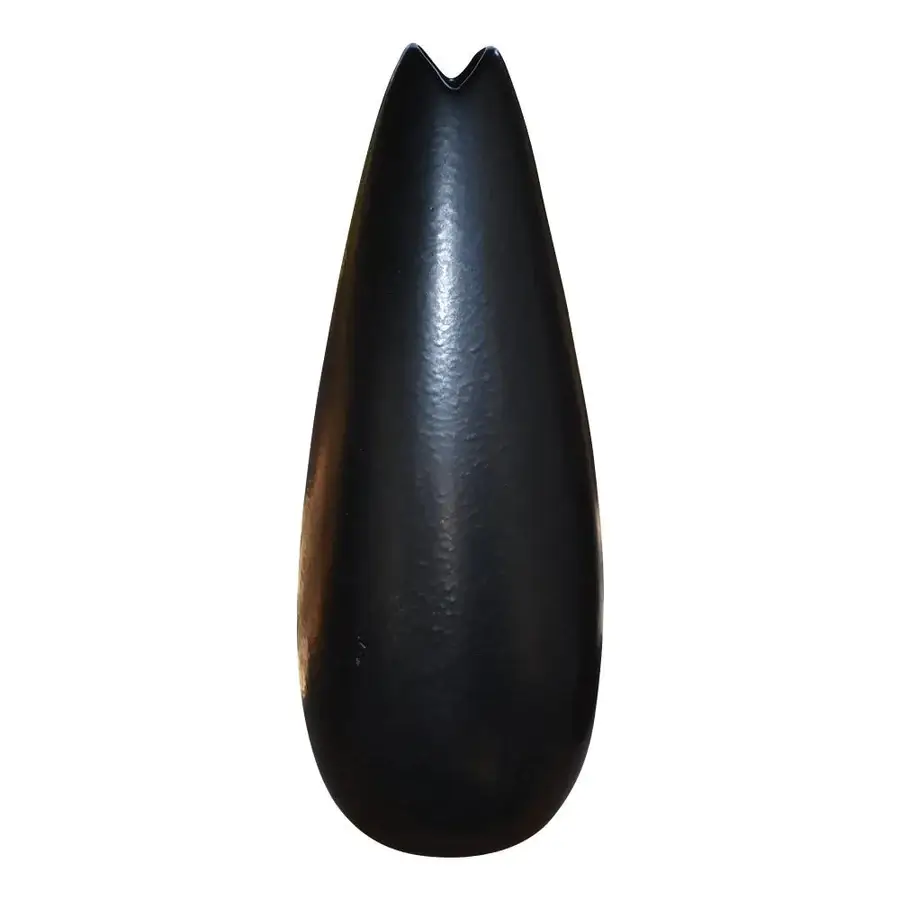
The Bauhaus Movement
German architect Walter Gropius founded the Bauhaus (translated literally to construction house) movement in 1919. Its ultimate aim was to unify arts through crafts. He did this by creating a utopian craft guild that would combine architecture, sculpture, and painting into a single creative expression. His focus was to teach and inspire designers and artisans to create objects that were both useful and beautiful.
Once students had learned the Bauhaus theory, they trained in specialized workshops where they were taught cabinetmaking, metalwork, weaving, wall painting, and pottery, as well as typography.
The Bauhaus Pottery Workshop
The pottery workshop was one of the first workshops at the Bauhaus to open. It started out at a Weimer furnace factory in Germany and then moved to Dornburg on the River Saale, where there was accommodation available for students.
Gerhard Marcks was head of the school until it closed in 1925. Max Krehan, a renowned potter, was its master of works from 1920 until 1925. Otto Lindig, who had been head of the production workshop, continued a ceramics workshop at the State School of Architecture in Weimar, even though it wasn’t quite the same.
At first, the Bauhaus potter workshop produced only simple ceramics with plain glazes that were intended for everyday use. Later, the workshop was divided into an experimental production workshop and a workshop used for training.

Origins of Mid-Century Modern Style
Spanning a period from the mid-1940s through the 1960s, Mid-Century Modern Style had its roots in Europe, Germany, and the Scandinavian countries. It also had strong links to the Bauhaus movement.
In fact, its emergence in the U.S. was largely due to the many German designers, including key Bauhaus figures, who left Europe after World War II. It was also fueled largely by the many new technologies and materials that emerged after the war. This went hand-in-hand with a growing trend to migrate to urban areas where living spaces were generally smaller than previously.
Additionally, people wanted interior designs that were functional and efficient. As a result, designers and builders began to experiment with materials and different forms. They used natural materials, including metal, wood, marble, glass, and leather, mixed with manmade materials like plastic, fiberglass, and vinyl.
They introduced bold patterns that were emphasized by clean lines but largely stuck to natural hues, combining these with interesting pops of color.
Characteristics of Mid-Century Modern Style were simple forms, organic influences, and an emphasis on function. But it was also a style that was designed to meet the needs of everyone.

Mid-Century Modern Furniture
There was a big focus on furniture during this period. It was relatively plain in design, with simple geometric lines making a statement.
Mid-Century Modern furniture generally works well because of its simplicity combined with fine craftsmanship. Many items were made utilizing veneer because it was a lot cheaper than solid wood. But they have lasted well because they are well made.
Another standout feature of the Mid-Century Modern Style of furniture is that it often combines different materials in one piece. For instance, super-comfortable cantilevered chairs were made with tubular steel and leather strapping.
Multipurpose furniture was also popular because it conserved space in small areas. Typical solutions include furniture that could be stacked, folded, or nested, which is a great option for side tables.
Mid-Century Modern Style Art Pottery
It’s a no-brainer that Mid-Century Modern Style art pottery was made during the period that defines this style - roughly 1946-1970. But, of course, not all art pottery made during this period was made in this style.
Also, potters working in the style generally worked in studios as opposed to factories where mass-produced pottery was made. But again, not all studio art pottery is created in the Mid-Century Modern Style.
Generally, potters and ceramicists working in accordance with the style were inspired by nature - in form, color, and decoration. Most were studio potters who aspired to highlight the beautifully organic qualities of clay and glazes. They also liked organic textures and shapes. Some were inspired by Asian pottery, including pottery bowls and thin neck vases.
That said, some items were boldly decorated and color certainly wasn’t ignored. This makes it reasonably easy to choose art pottery specifically to introduce those typical pops of color that brighten a room.
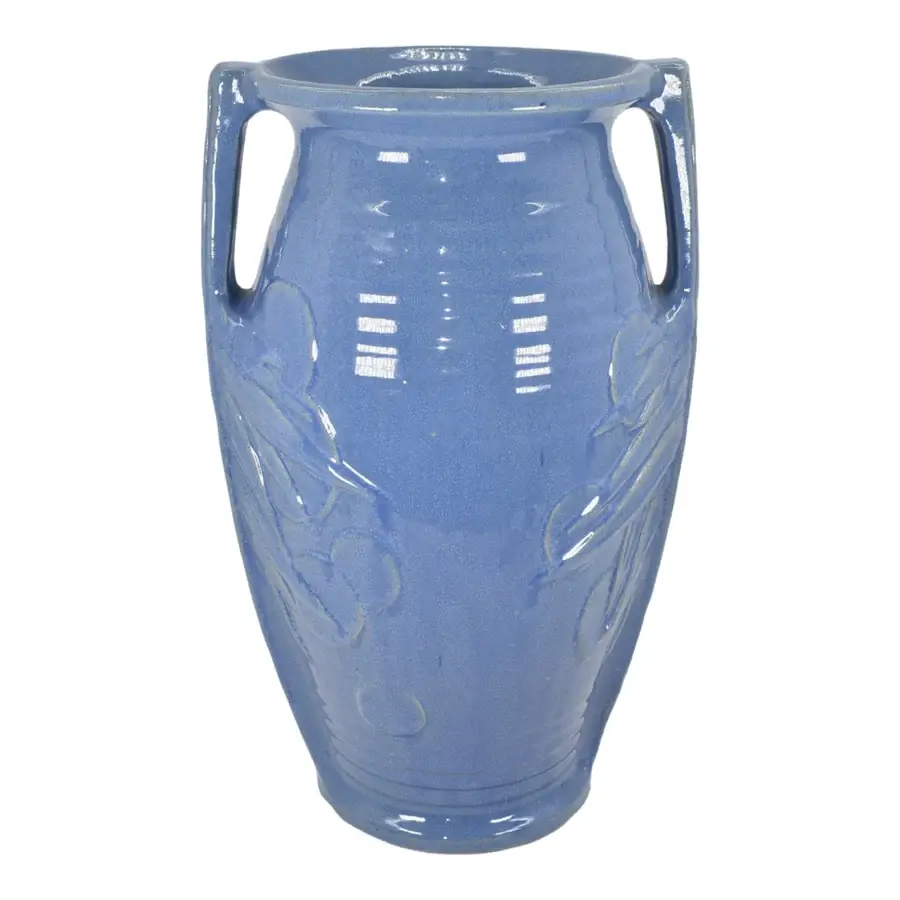
Tips For Decorating in Mid-Century Modern Style
Something to remember is that even though Mid-Century Modern is minimal in many ways, it’s not as restricting as Modern Minimalism.
One of the most useful tips for achieving a Mid-Century Modern Style home is to build your room around one or two statement pieces, most commonly furniture. Then you add other elements, including art pottery and other artworks to complete the look.
Generally, it’s best to choose art pottery that is large because you want it to stand out. Also, grouping 3-4 pieces together can add impact and drama. Shapes and sizes can vary, but be sure that the color and pattern either match or blend.
Furniture and furnishings are primarily functional, and bold accent colors are often used. You can add color in many ways, with cushions, artwork, art pottery, light fittings, or even a single piece of furniture that becomes your statement piece.
At the same time, neutral colors can pull a Mid-Century Modern decor scheme together, especially when you opt for lots of uniquely individual items of furniture and art pottery. Keep the background neutral and stick with soft furnishings, carpets, rugs, and so on that are subtle natural hues.
Then you can introduce your pops of accent color to complete the look. Colors that usually work well include the yellow and orange colors of fall, earthy greens, muddy browns, deep clay red, and softer sea green-blue hues.
The good news for anyone wanting to decorate in Mid-Century Modern Style is that Just Art Pottery has hundreds of items created in this style at any one time. Also, we can help you find items that fit the style.
At the same time, you don’t have to have a house that has been designed or decorated in Mid-Century Modern Style to successfully display art pottery of this era in your home and enjoy it.


